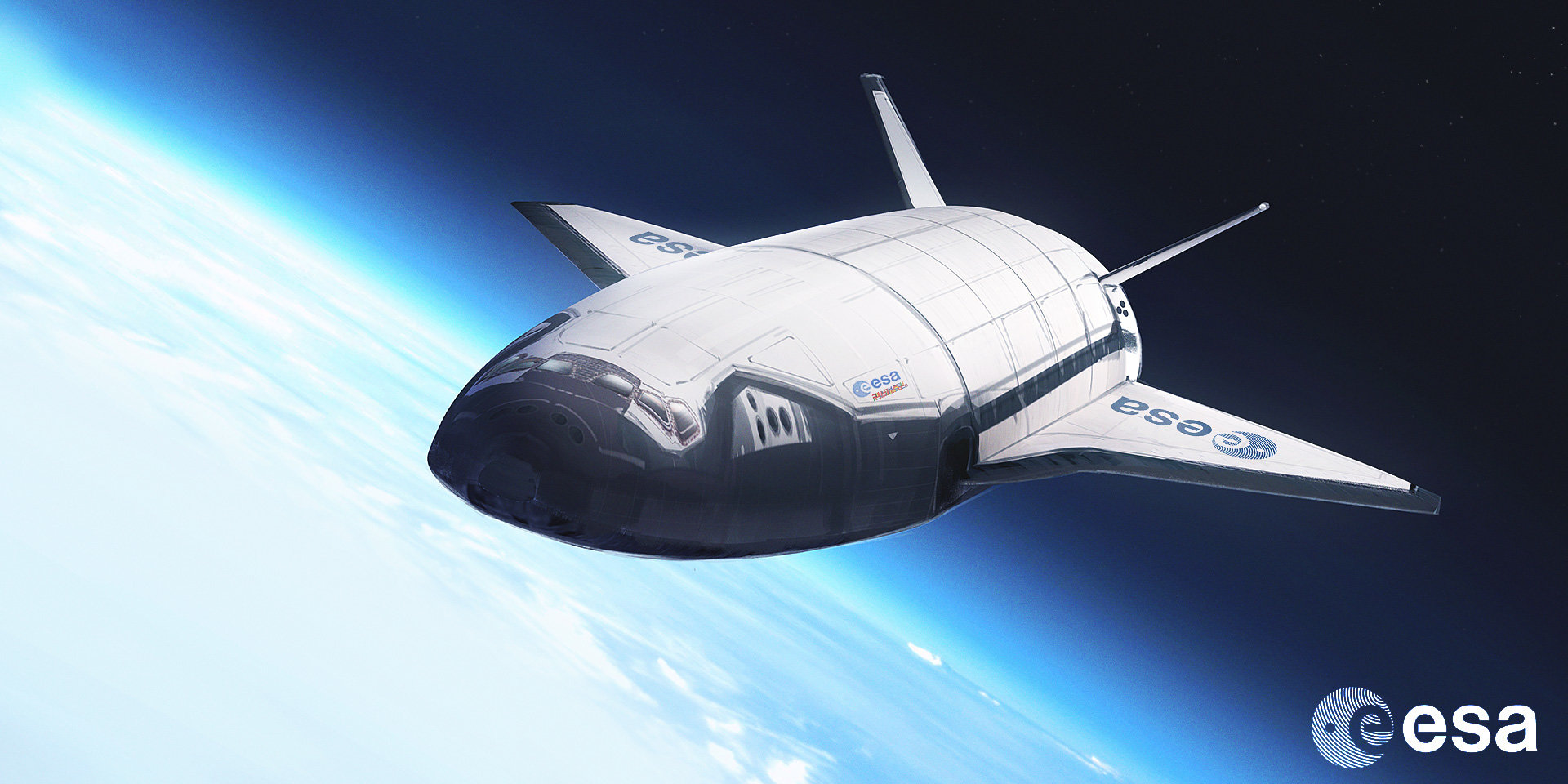Building a GURPS Spaceplane: The Second Iteration

In our previous post, we used GURPS Spaceships rules to build a “minimum viable spaceplane” at TL8, with no superscience.
Our company, Octopus Aerospace, builds one of those and sells it to the Kerbal Space Program for close to a billion GURPS dollars1, and after using it for a few launches Director Kerbman comes back to us with a few change requests.
His astronauts have complained that the Mark I Spaceplane handles very poorly for its size. They’re entering a phase of their program where future missions will require a lot of precise orbital maneuvers, like docking and such, so they need a ship that can do better at that.
We want to satisfy KSP’s requests because we want a slice of their inifinte budget, but we’re also committed to making only Single Stage To Orbit craft. How can we satisfy both of these requirements?
Building the Mark II
We’re still using “realistic” TL 8 for our Mark II, and it’s still streamlined and winged just like its predecessor.
As we saw in our previous post, a TL8 craft capable of reaching orbit can only spare 10% of its mass to systems that are not fuel tanks or chemical engines. We achieved that in the Mark I by shrinking our control systems and cargo bay, filling the freed space with additional fuel tanks.
We want a full size control system for the second iteration, but having that means we’ll be short on delta-V and can’t make an orbital insertion. We have to shrink something else to compensate. We’re already shrunk the cargo bay, and I don’t want to shrink the armor because I’m envisioning as the craft’s heat shield.
How about the engine?
Our resulting configuration is:
- 1 x Metallic Laminate Armor
- 1 x SM +8 control room
- 1 x 15-ton cargo bay
- 17.33 x Fuel Tanks (865 tons rocket fuel)
- 1 x SM +7 Chemical Rocket Engine (1G Acceleration)
One lone G of acceleration is useless for leaving Earth… in a traditional rocket. We have wings! According to GURPS Spaceships p. 37, a winged craft can take off and reach Earth orbit even if its acceleration doesn’t exceed 1G.
That leaves us with the following stat line for our Mark II space plane: dST/dHP 70; Air Hnd/SR +3/4; Space Hnd/SR -2/4; Move 1G/6.05mps; LWt 1000; Load 15.3; SM +8; Occ 4; dDR 0/2/0.
This model’s Air Handling and Stability is pretty awesome when compared to that of most contemporary airplanes. Its space handling is still not exactly spectacular, but it’s the best we can do for a ship of this size at TL 8, and should help with those delicate maneuvers. It takes longer to reach orbit due to its lower acceleration, but it still has the same Delta-V. Finally, it has space for one additional crew member, allowing KSP to bring extra scientists or other mission specialists along with the payload.
The cheaper engine and more expensive control room balance themselves out. The Mark II costs the same as the Mark I: a nominal $8.8M for the craft and $693,200 for a full load of rocket fuel.
Bonus Notes/Sales Pitch
This is something I forgot to mention in the previous post: both the Mark I and Mark II Octopus Carnival Spaceplanes can take off from conventional runways, dispensing with the need for an expensive launch pad!
The Mark I would probably require a launchpad if you want to use those 3Gs of acceleration right away, but if I remember correctly liquid fuel engines can be throttled. So you can take off using a jet-engine-equivalent 1G and throttle up when you reach a higher altitude.
Even when you multiply their nominal cost by 100 for the extremely limited production run, you still end up with a cost-effective system. SpaceX’s semi-reusable rockets cost between $50M and $150M per launch. The real-world Space Shuttle cost between $500M and $1.5B per launch. The Saturn V cost about $1.6B per launch in modern dollars.
Our fictional spaceplane would cost little more than the cost of a load of fuel. Sure, it’d need to undergo maintenance between flights, but it probably wouldn’t need to be practically rebuilt like the real-world systems. So perhaps we’re looking at $2M per launch or so? It practically pays for itself in six launches or so when compared to the “competition”.
Of course, that’s a very optimistic assumption. In your games you’re always free to assume Octopus Aerospace is full of shit and this thing is a lemon in all its incarnations. It’s what prevented all those real world spaceplane projects from going forward, after all.
-
$880M, or its nominal cost multiplied by 100 because it’s a production run of one. ↩